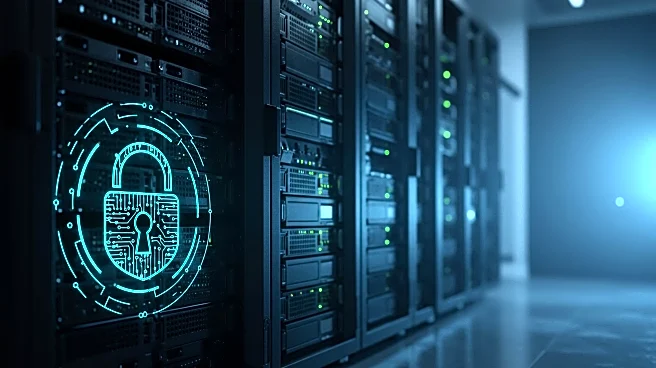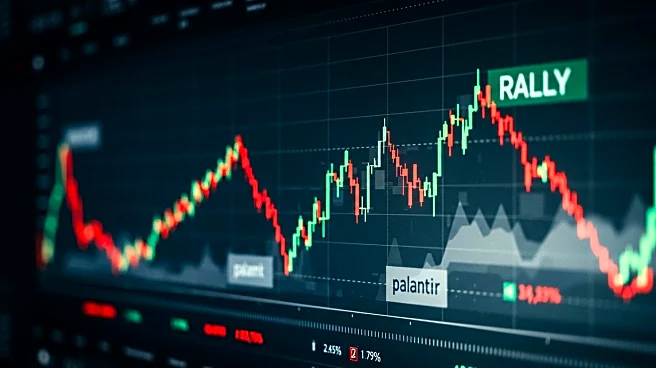Rapid Read • 8 min read
The Runtime Application Self-Protection (RASP) market is anticipated to grow significantly, reaching USD 13.96 billion by 2032, according to SNS Insider. This growth is driven by the increasing need for real-time application security against sophisticated cyber threats, the adoption of cloud-based and web applications, and stringent regulatory requirements for data protection. Organizations are embedding security directly into applications to proactively detect and prevent attacks. The U.S. market alone is expected to grow from USD 0.97 billion in 2024 to USD 4.11 billion by 2032, with a CAGR of 19.85%. Key players in the market include Contrast Security, Guardsquare, and Palo Alto Networks.
AD
The expansion of the RASP market is crucial as it addresses the growing concerns over data breaches and application vulnerabilities. With the increasing shift towards DevSecOps practices, organizations are prioritizing real-time application security to safeguard sensitive information across critical industries such as healthcare, BFSI, and government. The adoption of RASP solutions is expected to enhance cybersecurity measures, reduce the risk of data breaches, and ensure compliance with regulatory standards, thereby protecting both businesses and consumers.
The market is likely to see further advancements in machine learning and behavioral analysis technologies, which are integral to RASP solutions. As organizations continue to adopt hybrid deployment models, the demand for solutions that secure both on-premises and cloud applications will rise. Additionally, the healthcare sector is expected to experience rapid growth in RASP adoption due to the digitization of medical records and telehealth services, necessitating robust cybersecurity measures.
The increasing reliance on web and cloud applications highlights the need for comprehensive security solutions that can adapt to evolving threats. The integration of RASP solutions with existing DevSecOps pipelines and cloud-native applications will be crucial for organizations aiming to maintain security across diverse IT environments. Furthermore, the focus on regulatory compliance will drive the development of RASP platforms that align with standards like GDPR and HIPAA.
AD
More Stories You Might Enjoy










